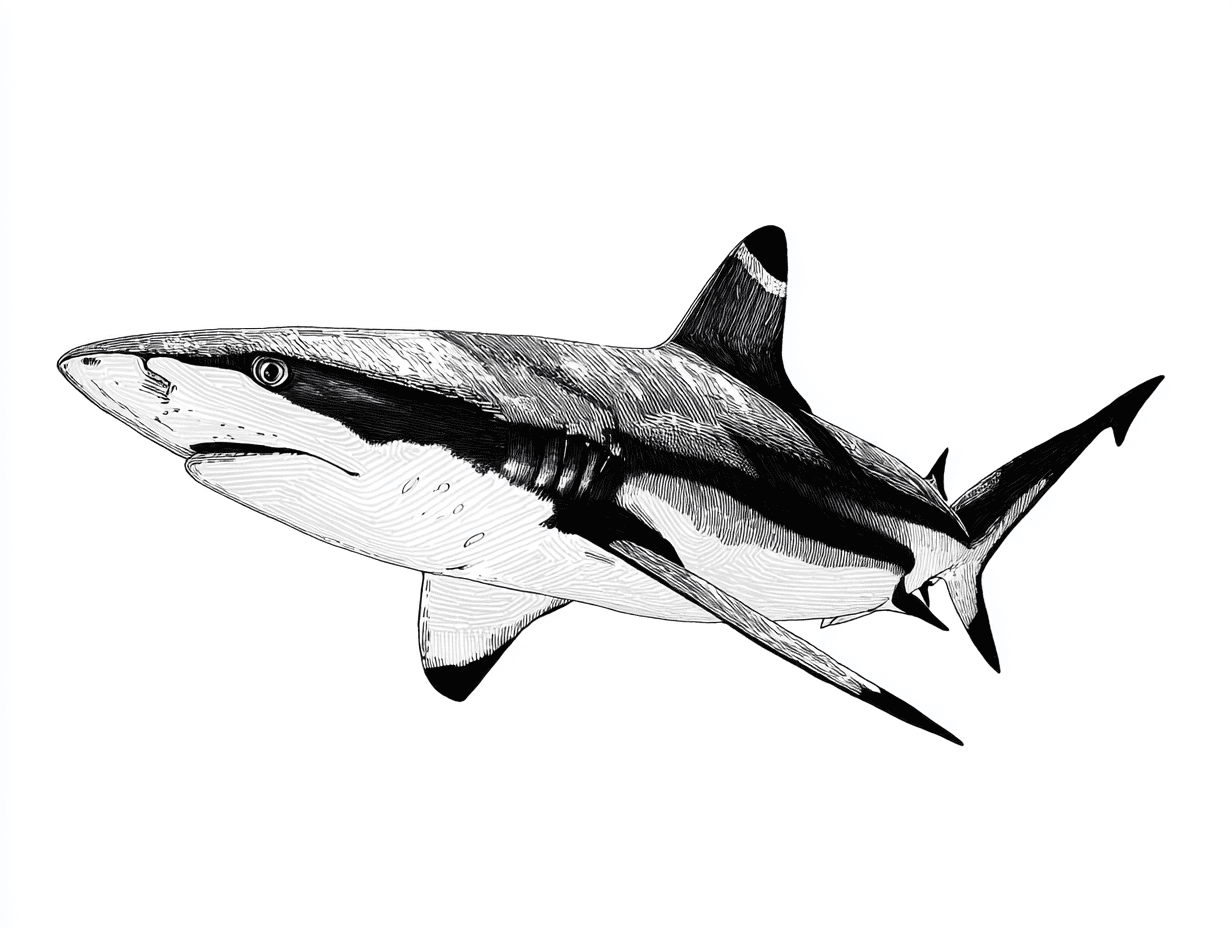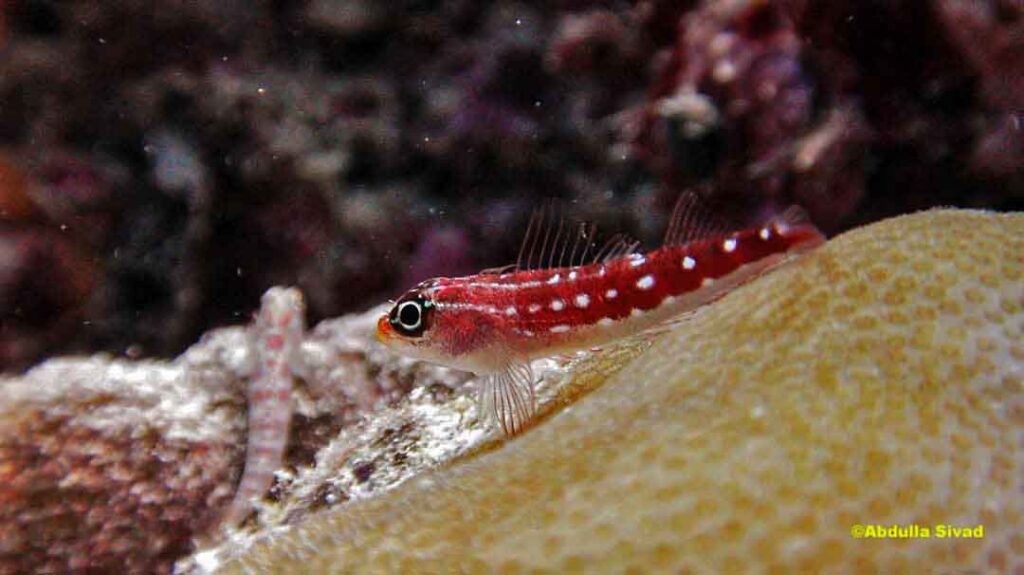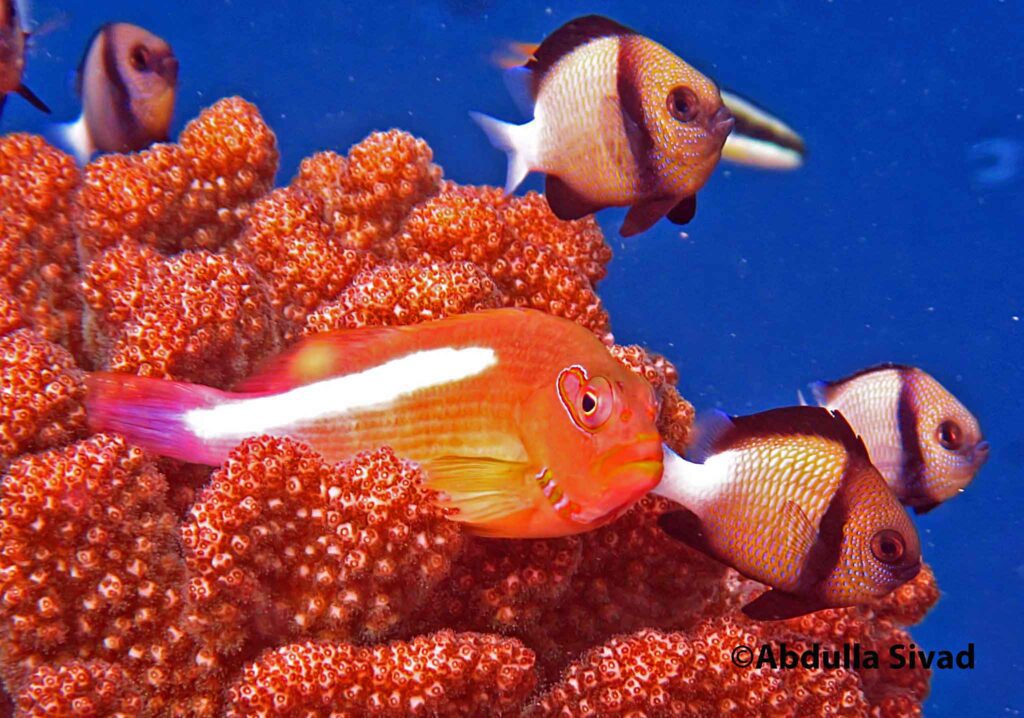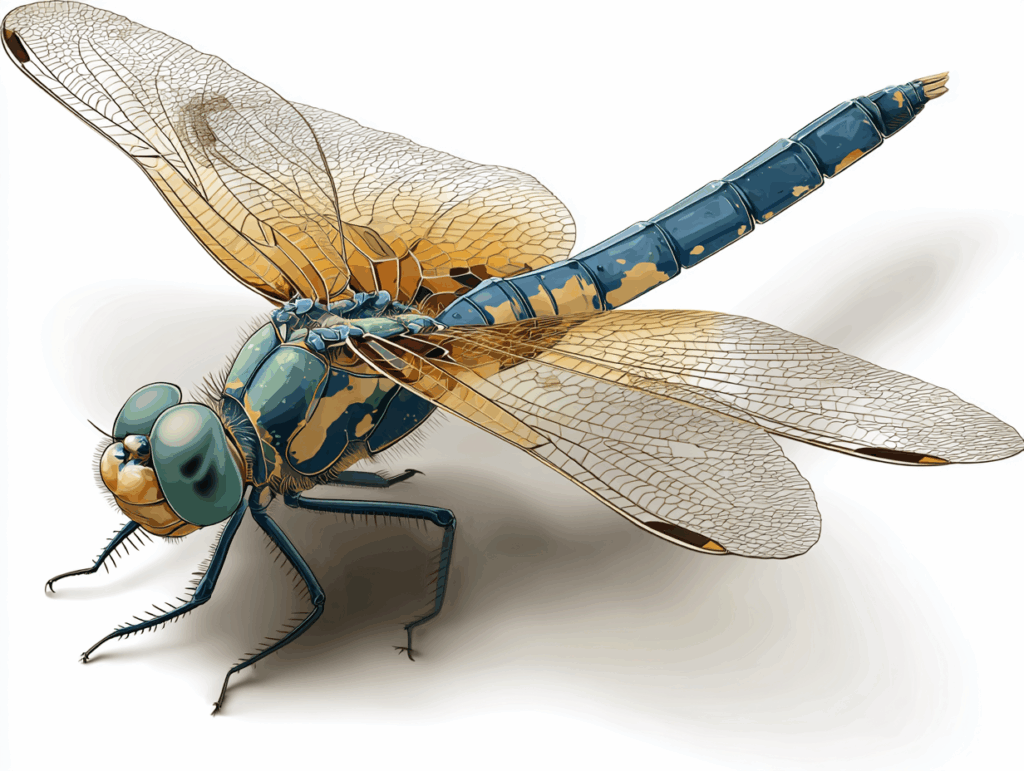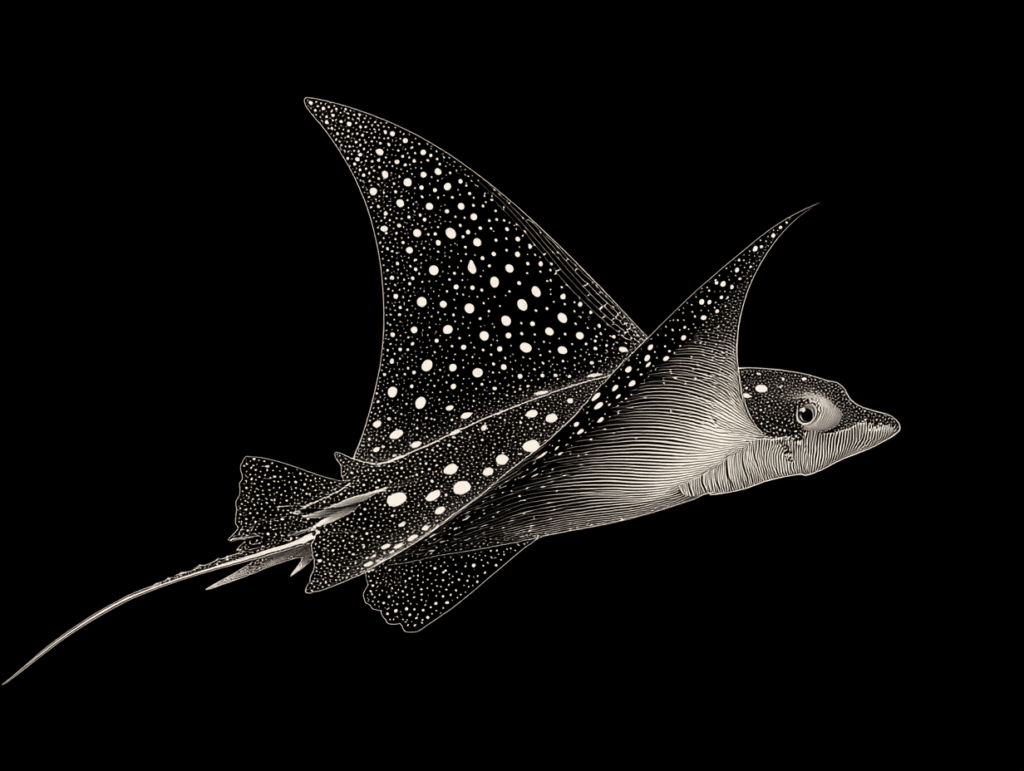
The adults are usually big and swim alone. They sometimes go into deep water, but they like to stay in shallow water and can be seen swimming over sandbars and shallow reefs with their dorsal and upper caudal fins out in the open. Teenagers and young adults are most common in lagoons, where they often hunt small fish in groups.
It is common for juveniles to live in lagoons, where they often hunt small fish in groups.
This species is well known to snorkelers, and it can also be found in large numbers in mangroves. The back is brown to grey, and the front is a pale white colour.
There is a dark stripe on each flank that goes from the top of the pectoral fin to the pelvic area. There are also black tips on the fins, mostly on the first dorsal fin and the lower lobe of the caudal fin. This makes the species easy to spot.
A small, fast shark that isn’t thought to be dangerous, but it has been known to bite people who are wading in shallow water. It can grow as long as 1.8 inches.
The number of reef shark species, like blacktip reef sharks, has gone down because they live near the coast. Most baits, like eels, fish waste, fish heads, and small fish, work well to catch these sharks.
Prior to being protected, these shark species were fished for all over the Maldives. It was caught for consuming meat and exporting its fins. But liver oil was also used for many things, like putting it on fishing boats.
Because of their significance to the ecosystems, these species should be protected. Especially reefs made of coral. They play a big part in keeping the small fish that live in their ecosystem in check. The way they act and the fact that they eat small fish directly help keep the number of small fish in check. This helps keep corals from being overgrazed and, in the end, protects and preserves biodiversity.
TherThere are times when blacktip reef sharks attack people. However, Many of these incidents occurred in shallow water.n When blacktip reef sharks get close to people, they tend to be scared away.ald, an American zoologist and ichthyologist, stated that while blacktip reef sharks are not dangerous to humans, they are annoying and disruptive. He also said that they often act this way when they are attracted to bait fish or baits. These organisms are naturally curious and may test new things.
